
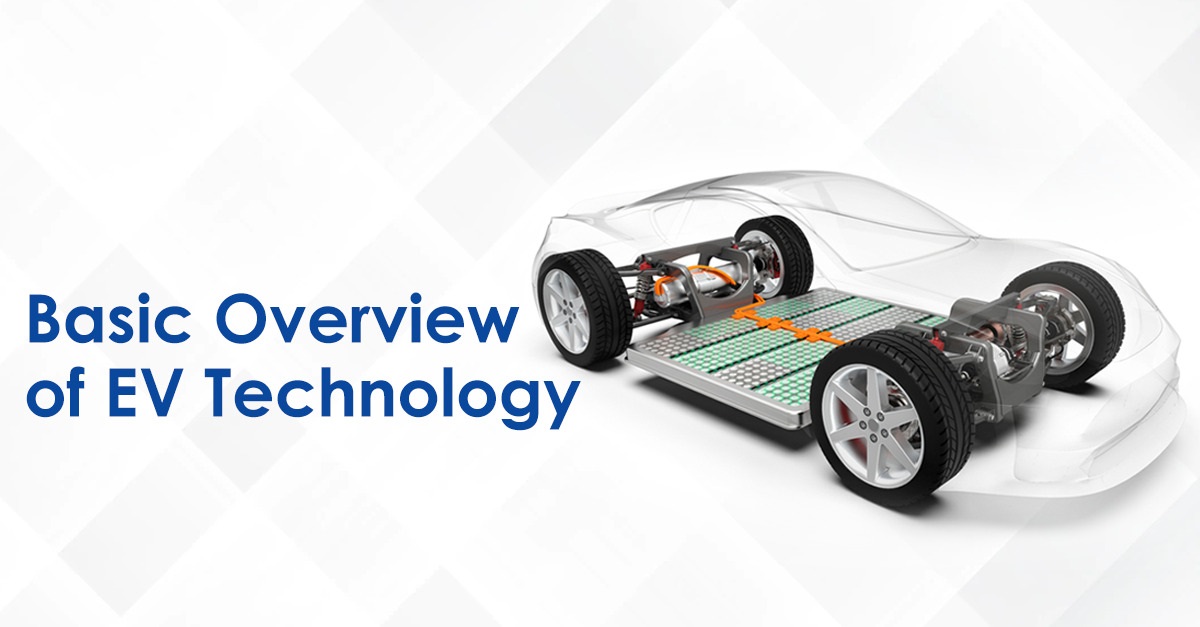
A vehicle that can run on electricity from a battery andbe charged from an outside source is referred to as an electric vehicle (EV).An electric motor powers an electric vehicle (EV) as opposed to an internal combustion engine (ICE), which produces power by burning a mixture of fuel and gases.An internal combustion engine is a type of engine that generates motive power by burning fuels such as gasoline, oil, or any other kind of fuel with air inside the engine with the aid of a piston or turbine.
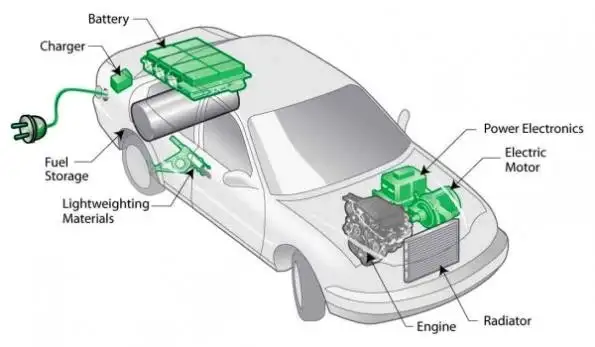
In contrast to internal combustion technology, which propels a vehicle by combustion and pressure, electric cars, or EVs,contain an electric motor and are pushed using electromagnetism. The electric motors in these vehicles are powered by electricity, which is normally stored in batteries. This sizable traction battery pack needs to be charged at a charging station or wall outlet. Lithium-ion batteries, which perform better than the majority of other practical batteries in terms of energy density, lifespan, and power, are used in the majority of electric vehicles (EVs).

EVs come in three basic categories: Hybrid electric vehicles, also known as HEVs, plug-in hybrid electric vehicles, or PHEVs, and battery electric vehicles, also known as BEVs—all make use of EV technology.However, hybrid electric vehicles (HEVs) and plug-in hybrid electric vehicles (PHEVs) need both gasoline and electricity to operate.HEVs combine a battery-powered motor powertrain with an internal combustion engine (often a petrol engine), whereas plug-in electric vehicles(PHEVs) have an internal combustion engine that is powered by gasoline and an electric motor that is powered by batteries.
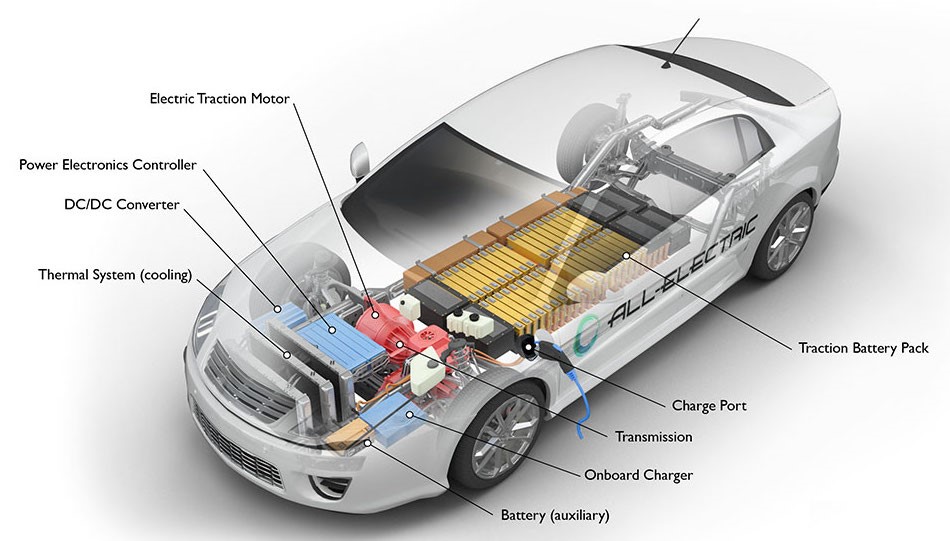
BEVs, or battery electric vehicles, are totally electric vehicles that use rechargeable batteries. With no use of optional sources such as gases, hydrogen energy units, internal combustion engines, etc., they use energy that is stored in rechargeable battery packs. BEVs use electric engines and engine controllers in place of internal combustion engines (ICEs).
Electric vehicles are eco-friendly because they consume little to no fossil fuels (i.e., petrol or diesel), have fewer moving components that need to be maintained, and have minimal operating expenses. They also produce far less air pollution and don't emit any toxic air pollutants through their exhaust.Because of their improved energy retention and longer lifespan, lithium-ion batteries are currently regarded as the industry standard for modern battery electric vehicles, even though some EVs still used lead acid or nickel metal hydride batteries.
EVS produce carbon dioxide (CO2) emissions that are roughly 65% lower than those of ICE-powered vehicles.The power plants that produce the electricity needed to recharge an EV's batteries are the sources of the emissions connected to its electric drivetrain; Consequently, recharging an EV with renewable energy can reduce emissions even more. The relative silence of an EV also reduces noise pollution.
Vehicles powered by gasoline or diesel are very polluting, and fully electric vehicles are quickly replacing them. Fully electric vehicles (EVs) are significantly better for the environment and produce no tailpipe emissions.
Using EVs can offer numerous benefits well-suited to your needs in numerous ways, including:
Reduced Operating Expenses
Electric vehicles are cheaper to charge than gasoline or diesel vehicles due to their higher efficiency and lower energy costs. The use of electric vehicles powered by renewable energy sources will be more environmentally friendly. If you use renewable energy, such as solar panels installed in your home to charge the battery, you can further reduce your electricity bill.
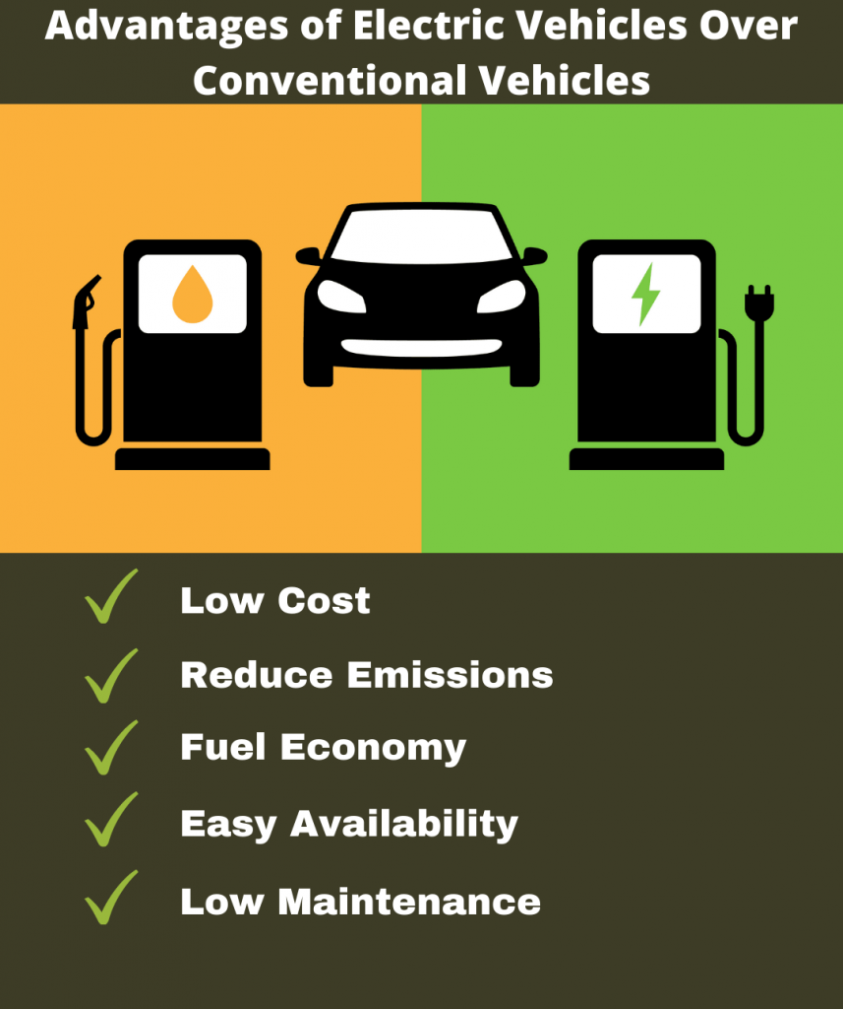
Low Cost of Maintenance
Due to their lack of moving components compared to internal combustion engines (ICEs), electric vehicles (EVs) require very little maintenance.An electric vehicle's annual operating costs are hence very low.
No Tailpipe Exhaust
Due to the absence of tailpipe emissions, driving an electric vehicle can help you reduce your carbon footprint. By choosing renewable energy sources for your home's electricity, you can lessen the environmental impact of charging your car.
Fiscal and tax advantages
The registration and road tax for electric vehicles are less expensive than those for gasoline or diesel vehicles. The government gives a range of incentives and policies, depending on the state you are in. This is due to the fact that each state provides incentives for you to embrace electric automobiles.
Electric vehicles are silent and simple to operate
Electric cars lack gears and are incredibly easy to drive. Only the steering, brake, and accelerator are in control. To begin charging your automobile, you plug it into a home or public charger. Electric vehicles are silent because of their reduced noise pollution compared to conventional vehicles.
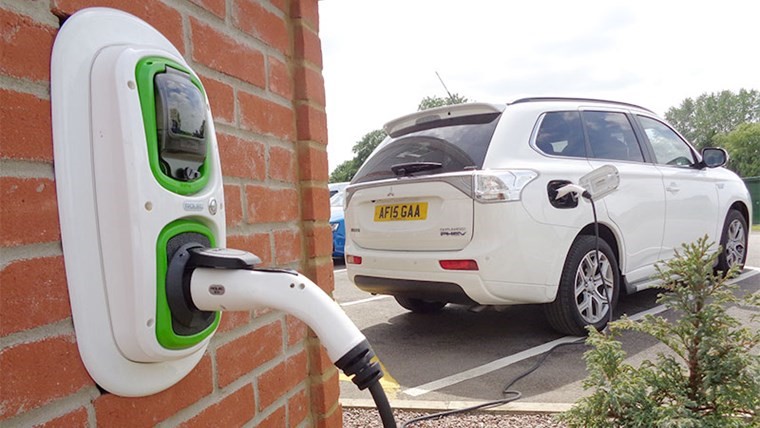
The convenience of home charging
Simply connect your car to the charger at home for four to five hours before leaving. If you can locate a charger close to where you park at home, it is quite simple to plan your outings in advance. If you are riding a two-wheeler on the road, you can also use quick chargers or even battery-changing services.
Given the rising levels of greenhouse gases in the atmosphere, the development of the electric car market in recent years is not only warmly welcomed but also absolutely essential.The shift from conventional fuel-powered to electric vehicles will be made easier over the course of the following decade because of technological developments and policy changes.The realization and success of the EV business strongly depend on the world's population, and it is our hope that through mass marketing and environmental education initiatives, people will feel empowered and encouraged to drive an electric vehicle. So, let’s go electric and contribute to changing the world since everyone can make a difference.
In 1988, Ghaziabad Precision Products (GPP) was established with the goal of creating a technical conglomerate that specialized in Diesel Engine Valve Train Components solutions.Push rods were manufactured on a single production line that was accepted by customers from both home and foreign markets right away. In 2013, GPP ventured into the foundry industry by establishing a fully automated shell moulding plant that specialized in SG Iron, Ductile Iron,and Chilled Grey Cast Iron casting.The GPP is moving forward toward a bright future and becoming one of the world's preferred suppliers of valve train components with well-defined short-term plans and long-term growth strategies.